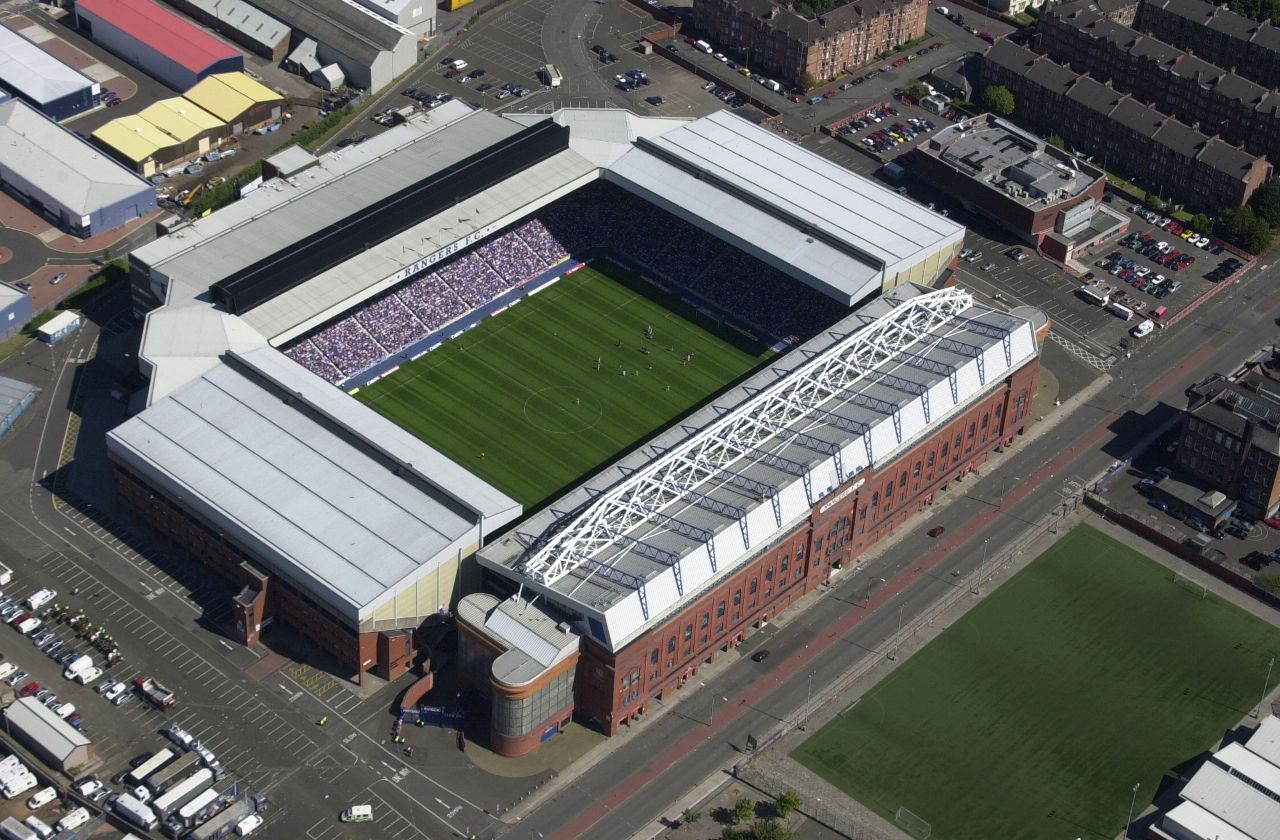The Story of Ibrox Stadium
Ibrox Stadium, located in Glasgow, Scotland, is one of the most iconic football venues in the world. With a history spanning over a century, it has witnessed numerous unforgettable moments and is deeply embedded in Scottish football culture.
Opened on December 30, 1899, Ibrox Stadium hosted its inaugural match between Rangers FC and Hearts FC. The stadium was built to replace the original Ibrox Park, which was destroyed in a tragic disaster just two years earlier. On April 5, 1902, a section of the wooden terracing collapsed during an Old Firm match between Rangers and Celtic, causing the deaths of 25 fans and injuring hundreds. In response, the new Ibrox was designed with safety improvements to prevent such disasters from occurring again.
Ibrox has undergone multiple renovations to meet the needs of its expanding fan base. In 1928, the iconic Main Stand was built at a cost of £70,000. Known for its red-brick facade and elegant design, it remains a landmark feature of the stadium today.
While Ibrox has been the home of Rangers FC since its opening, it has also hosted numerous international matches and European competitions. One of its most historic moments occurred on May 2, 1973, when Rangers triumphed over Dynamo Moscow to win their first European trophy—the European Cup Winners’ Cup—under manager Willie Waddell.
Tragedy struck again on January 2, 1971, during another Old Firm match, this time due to overcrowding on stairway No.13. The resulting crush claimed 66 lives and left hundreds more injured. This disaster led to significant changes in stadium safety regulations throughout the UK.
In recent years, Ibrox Stadium has undergone significant renovations to modernize its facilities and enhance the matchday experience for fans. In 1997, the addition of the new Govan Stand boosted the stadium’s capacity to over 50,000. The upgrades included state-of-the-art corporate boxes, hospitality lounges, and improved seating, further elevating the fan experience.
Ibrox has also played host to a variety of events beyond football. It has welcomed major concerts from artists like Bon Jovi and Oasis, drawing crowds from across Scotland. Its versatile nature allows it to cater to a range of events, making it more than just a football venue.
For Rangers FC supporters, Ibrox is more than just a stadium; it’s a symbol of their passion and unwavering loyalty to the club. On matchdays, the atmosphere inside is electric, with fans passionately singing traditional songs and creating a formidable environment for visiting teams.
In conclusion, Ibrox Stadium remains a monument to Scottish football. From its tragic past to its glorious triumphs, both domestically and in Europe, it has witnessed some of the most significant moments in football history. As one of Scotland’s oldest and most iconic stadiums, it continues to inspire excitement and pride in thousands of fans every week.
Source: https://www.ibroxnoise.co.uk/the-history-of-ibrox-stadium/








